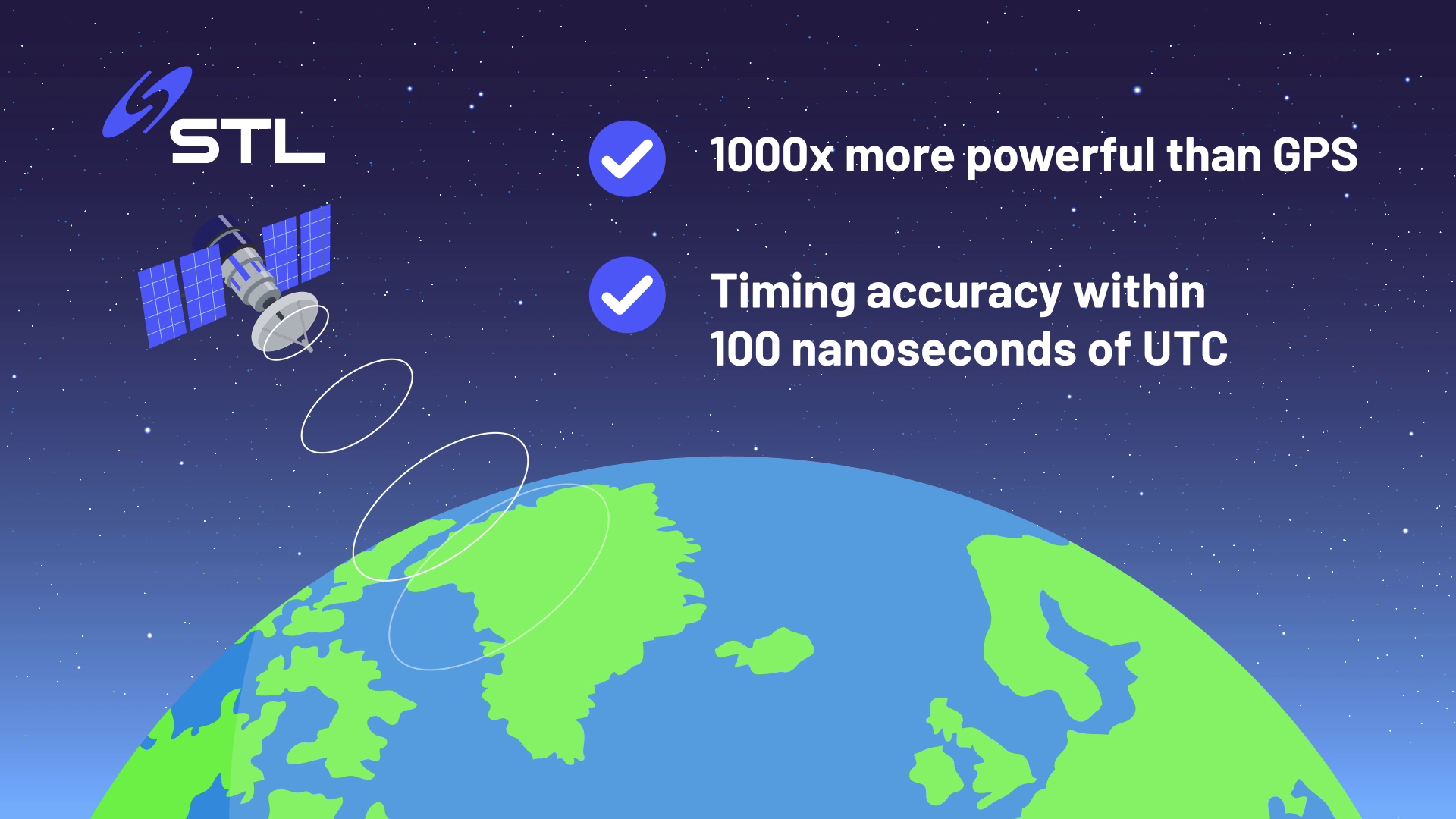Challenges with GPS for 5G Networks
1. GPS signal does not penetrate indoors and occluded environments
Wireless operators are experiencing issues getting their GPS for timing sync to work without outdoor/roof top antennas. As a result, they can’t get timing sync at these indoor nodes.
2. GPS signals are vulnerable to disruption and manipulation
The lack of security with GPS is a concern we hear a lot. Our customers worry about networks experiencing interference when GPS is disrupted or manipulated.
3. GPS outages of any nature can be devastating to critical infrastructure
There’s a lot more attention on contingency plans for GPS outages these days, including government activities focused on the necessity of alternatives for timing synchronization. Is that part of your disaster recovery planning?
4. PTP unable to deliver required 5G accuracy
PTP has gained popularity as an alternative but can’t always meet timing requirements now needed for 5G.
At the edge, PTP often doesn’t work because of too much accumulated timing error (loss). This is caused by too many switch and router hops. This is very common especially when the fiber is not owned by the service provider.
All of these challenges create a serious risk for any application that requires a reliable source of time.
How STL Solves these Challenges
Timing Synchronization
STL is a Stratum 0 source of timing that is compliant with the ITU-T G.8272 standard and provides a Primary Reference Time Clock Class A (PRTC-A) level of accuracy. According to NIST, STL is a reliable source of timing that is highly consistent with Coordinated Universal Time (UTC).
Secure Redundancy for Critical Infrastructure
STL utilizes an innovative mesh of rapidly-moving low Earth orbit (LEO) satellites with overlapping spot beams and other modern cryptographic techniques to thwart spoofing. Jamming devices must be 1000x more powerful or significantly closer to the desired jamming area to disrupt STL.
An Alternative or Backup to GPS
STL is an L-band signal, which is 30 dB stronger than GPS. This allows STL to penetrate through walls to work indoors. L-band and strength of signal combined means STL can take advantage of small form factor antenna and receiver size, making it a low-cost alternative or backup to GPS.
Indoor Antenna
In environments where distributed PTP is unable to deliver the accuracy that 5G requires and GPS is not available, STL provides timing synchronization with an indoor antenna—essential when exterior antennas are impractical to install, too costly, or not allowed.
Using STL, a PTP Grand/EdgeMaster can be used to enable 5G to work with an indoor antenna. Standalone receivers connect to a wireless operator’s RAN gear or router to replace or augment GPS so that STL provides timing sync whenever and wherever needed.
STL is Ready When You Are
Flexible Solution for 5G
- Retrofit/Standalone: STL can be added to any existing network via stand-alone equipment to enable the STL broadcast signal without replacing existing equipment.
- Integrated: STL can be integrated into existing timing products alongside or instead of GPS.
The STL service from Satelles has been providing timing synchronization services across the globe for several years within wireless operators, banks, major stock exchanges, data centers and other critical infrastructure.
When GPS is not available for timing synchronization, STL is a proven alternative and is available today.
***
Ready to solve your timing synchronization challenges? We partner with solution providers and original equipment manufacturers that engineer user equipment incorporating STL technology. Contact us to learn more.
